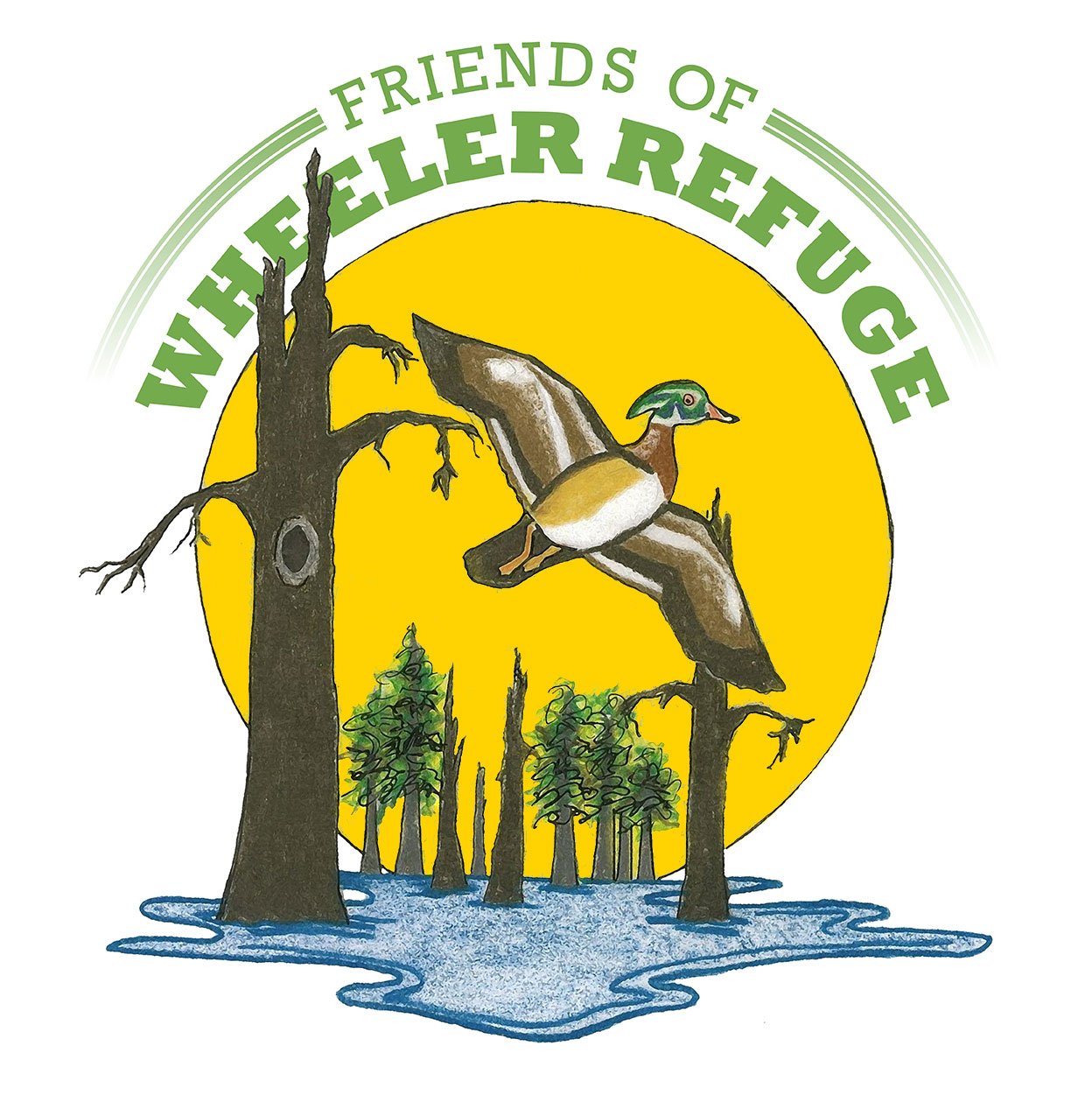Bottlebrush Buckeye
Aesculus parviflora (Bottlebrush Buckeye)
First described for the developing trade in North American native plants by William Bartram when he explored the Carolinas, Georgia and Florida in 1773-1778, this is truly one of the most spectacular flowering shrubs, due to the shape and size of its bottlebrush-like flower spikes (easily 8 – 12”, often to 18”!) and the timing of their display - a point in the summer when few other woody plants are showy. This is best in part shade/shade and is a colony-forming shrub (spreads sideways via roots which then send up stems), typically reaching 8-12’ tall (to 15’) with a similar width, but once it has had a chance to settle in for a few decades, might well become a 40’ wide colony.
To many human noses these flowers, looking so much like rockets-blasting-off, are fragrant; they are inarguably terrific sources of nectar for all manner of small bees. Will tolerate short periods of saturated soils, leaves turn a golden yellow in the fall, and the entire plant is typically shunned by deer and rabbits.
Courtesy of Mark Gormel
Senior Manager of Horticulture
Brandywine Conservancy & Museum of Art (Chadds Ford, Pennsylvania)




